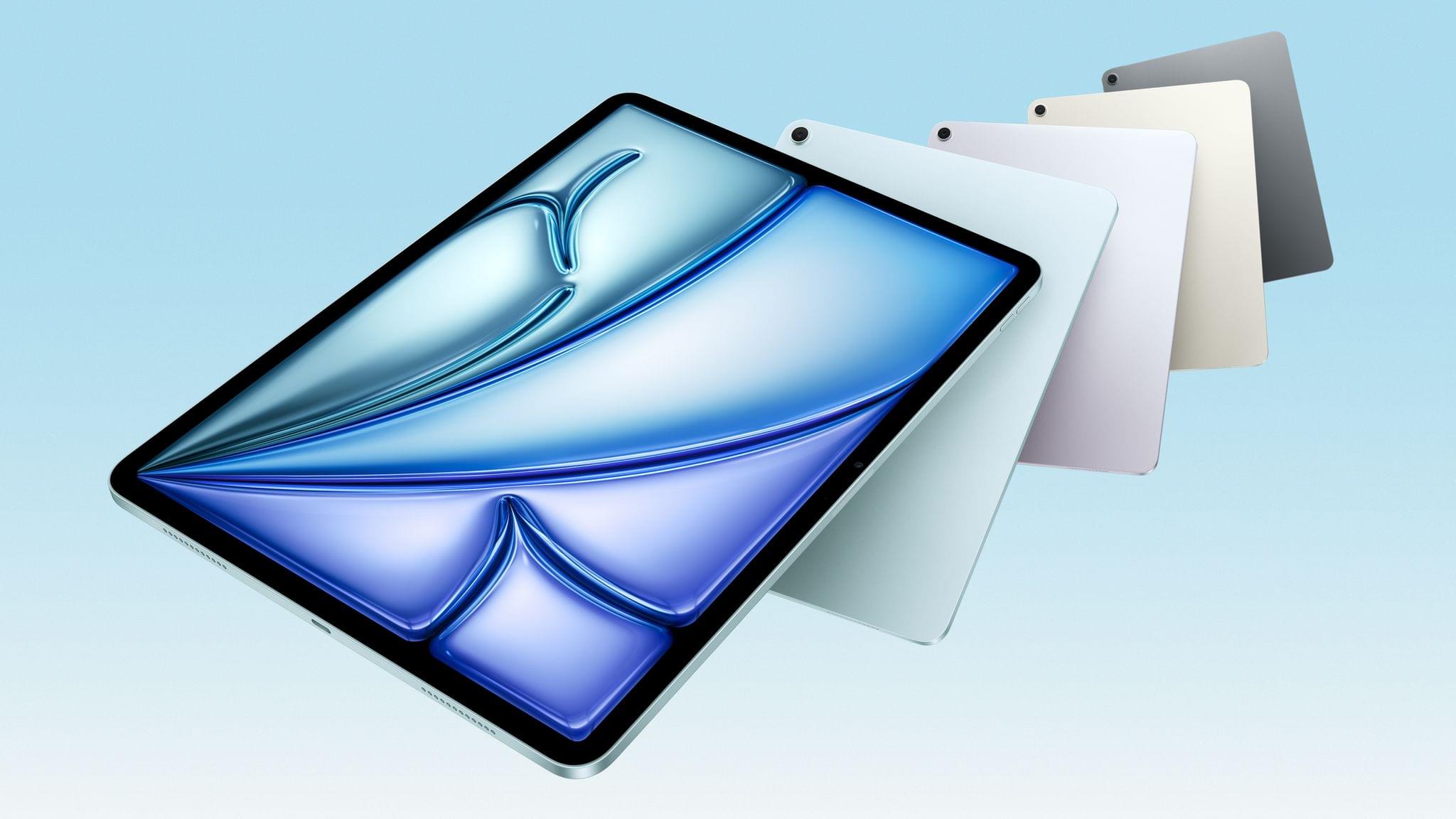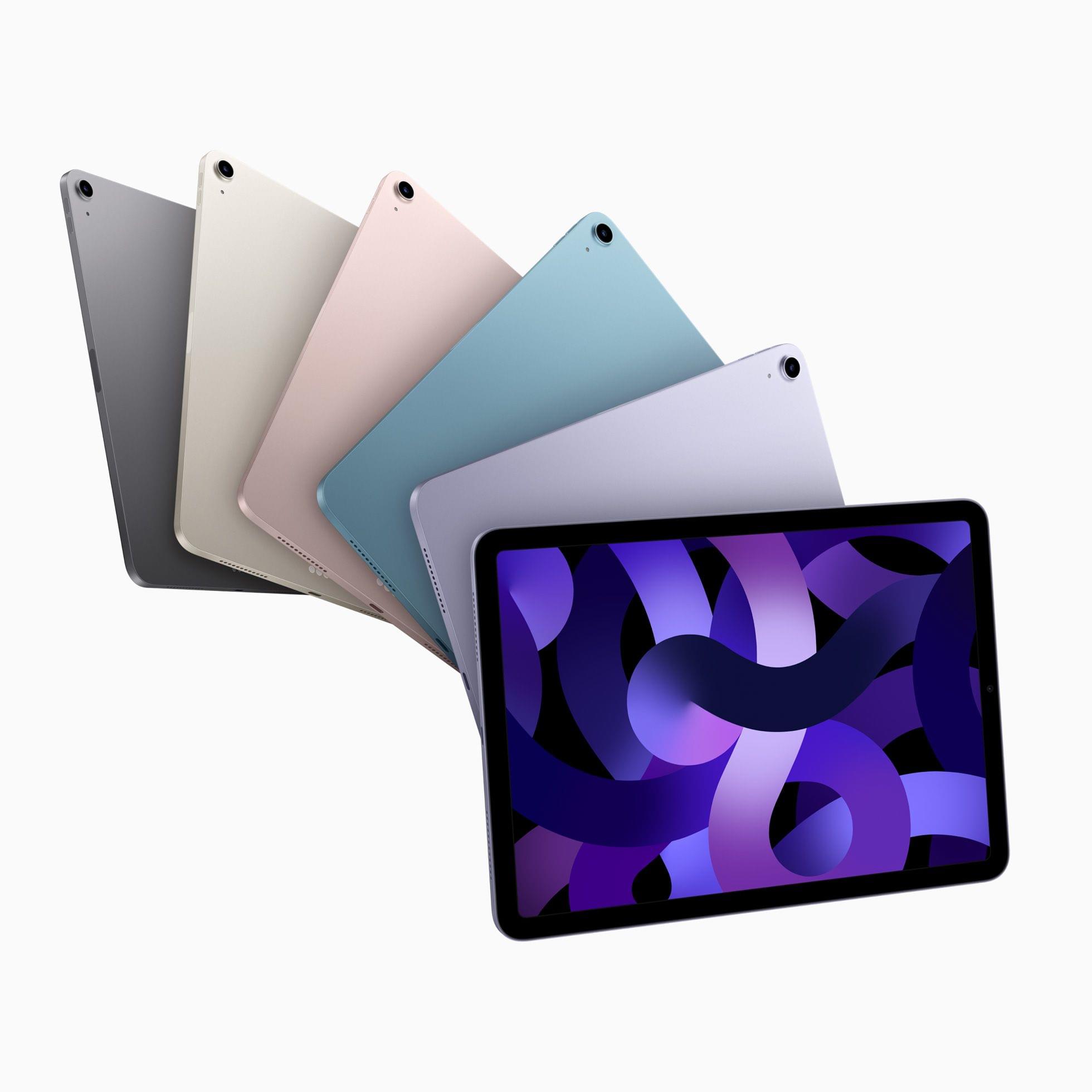Alongside today’s announcement of the M3 iPad Air and A16 iPad, Apple also revealed the all-new Magic Keyboard for iPad Air. The iPad Air line has traditionally inherited previous versions of the Magic Keyboard for iPad Pro, so this Air-exclusive version is a first. It offers some of the new features that came to the iPad Pro’s Magic Keyboard last year as well as an interesting set of tradeoffs when compared to the Pro model.
The Magic Keyboard for iPad Air adds a 14-key function row above the number keys for adjusting screen brightness, controlling volume and audio playback, and more. It also features a larger trackpad than the previous version for the iPad Air as well as the new hinge design introduced on the Magic Keyboard for iPad Pro last year. As before, it connects to the iPad Air via the Smart Connector and includes a single USB-C port for passthrough charging.
It’s great to see these features from the iPad Pro’s Magic Keyboard make their way to the iPad Air. At the same time, the Air version does include some compromises, most notably its omission of backlit keys. It also lacks the aluminum palm rest and trackpad haptic feedback found on the Magic Keyboard for iPad Pro, and it only comes in a single color option: white.
The iPad Air’s Magic Keyboard is marginally cheaper than the iPad Pro version (and the Magic Keyboard for last year’s iPad Air), costing $30 less at $269 for the 11-inch version and $319 for the 13-inch version. It’s compatible with a far wider range of devices, too. While the Magic Keyboard for iPad Pro only works with the latest M4 models, the iPad Keyboard for iPad Air works with the new M3 models, last year’s M2 versions, and models going back to 2020.
This new keyboard offering for the iPad Air is a mixed bag, but I think it’s a net positive. Apple is taking a step towards simplifying the iPad accessory lineup by clearly separating iPad Air features from iPad Pro features. It will be an adjustment for Air owners who are used to getting all of the features of the previous-gen iPad Pro keyboard, but it sets a clear expectation for what Apple thinks the iPad Air experience should be.
The Magic Keyboard for iPad Air is available to preorder today with deliveries and in-store availability starting March 12.




























